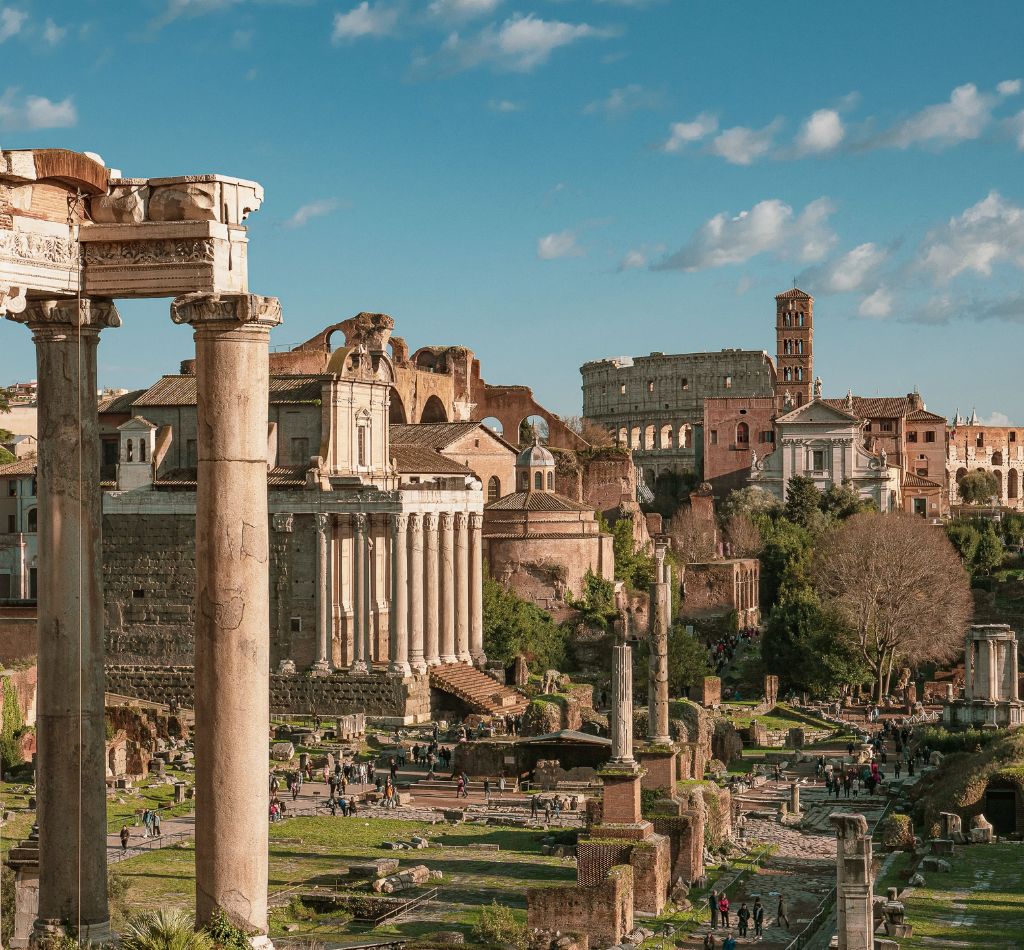
6 – Day Rome Itinerary
Let´s explore Rome together!
I have created the perfect plan for a trip to Rome for you. You will spend a total of 6 days in this beautiful Italian city. The guide includes general facts, the best time to visit Rome, and a detailed daily plan.
Rome is a unique and beautiful ancient city. Get inspired by visiting the most diverse sights: The Colosseum is the most visited museum in all of Italy, with more than seven million visitors per year.
The Vatican Museums are among the most important museums in the world. St. Peter’s Basilica is one of the largest churches the world has ever seen. And there is so much more to see!
6 – Day Rome Itinerary – Things you need to know before going
Some Basic Information about Rome
Rome has now been the Italian capital for 150 years, more precisely since January 21, 1871. The city on the Tiber is also the largest city in Italy and the third largest city in the European Union. To this day, you can feel Rome’s glorious past everywhere.
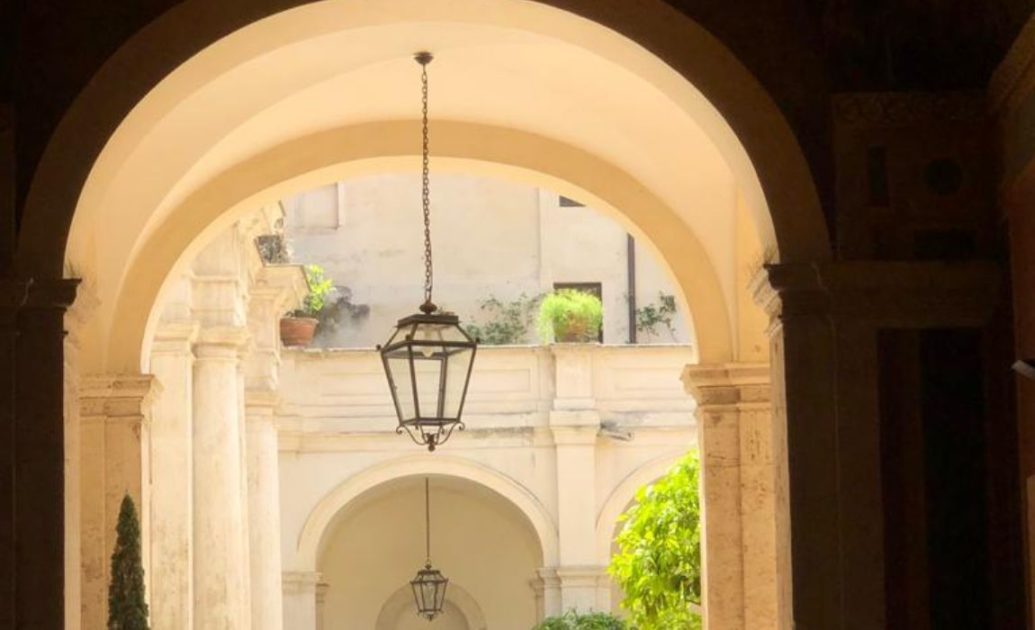
Rome is the city with the greatest concentration of historical and architectural monuments in the world; the historical center is surrounded by the Aurelian Wall, where almost three millennia of historical evidence overlap; it is the expression of the historical, artistic, and cultural heritage of the Western European world.
History Rome
It was the capital of the Roman Empire in ancient times and the center of Greco-Roman culture from the 3rd century on. From this period are preserved, among others, the Colosseum, the largest amphitheater of antiquity, several triumphal arches of Roman emperors, and the Castel Sant’Angelo, the tomb of Emperor Hadrian (76-138).
Rome is built on hills, among them the seven classical ones:
- Palatine
- Capitol
- Quirinal
- Viminal
- Esquiline
- Caelius
- Aventine
The Aurelian Wall still encloses the city center with the Roman Forum, the Capitol, the tombs, and the magnificent Thermae.
Rome is considered one of the cradles of Christianity. Important early Christian monuments are the basilicas and the catacombs.
After the decline of the Roman Empire, Rome also lost importance. It was not until the early Middle Ages, from about 800 AD, that Rome rose again to the status of a metropolis, especially when the city became the coronation site of the Frankish and later the German emperors by the then overpowering Pope.
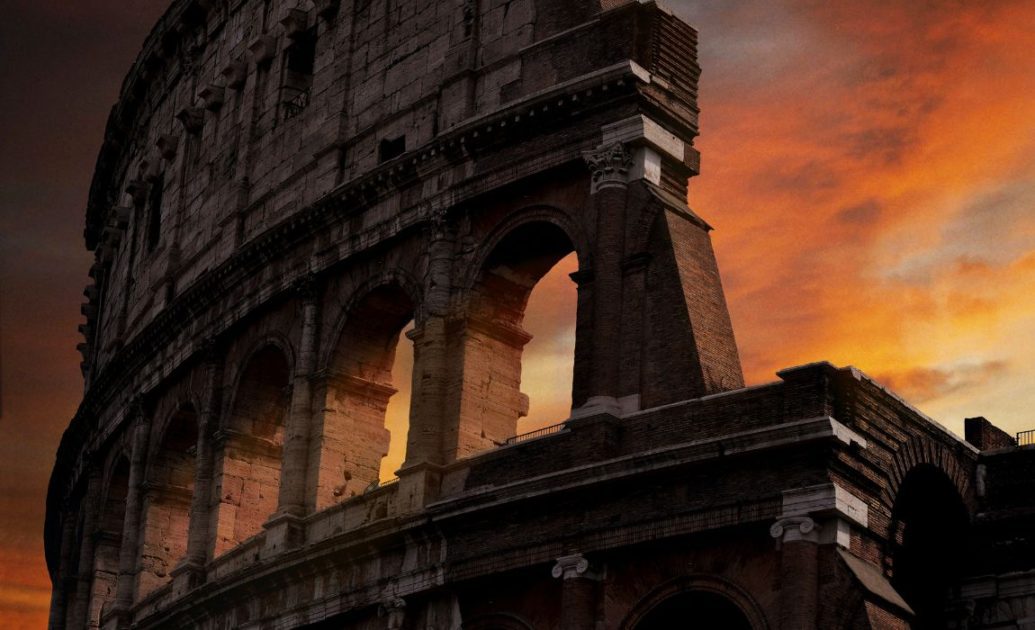
In the 14th century, Rome began a period of rebuilding and new construction. With the help of the most famous artists of their time, such as Bramate, Michelangelo, Raffael, and Bernini, splendid church buildings, fountains and streets were created. A famous sight from this period are the baroque Spanish Steps.
Best time to visit Rome
The best months (climatically) for Rome are April, May, September, and October. These transition months between winter and summer have a pleasant climate.
However, I recommend visiting Rome outside the summer months. Especially during July and September, the city is bursting at its seams with tourists. Long lines in front of the Colosseum, St. Peter’s Basilica & Roman Forum should be taken into account.
It rains often and heavily in January and February, so this period is also not recommended.
Therefore, I recommend visiting Rome in April, May, or October.
Rome Itinerary – Day by Day
Day 1 of the Rome Itinerary
From the airport to the center of Rome
Rome has two airports. Rome-Fiumicino airport is the larger of the two international commercial airports in the Italian capital, Rome, before Rome-Ciampino. Most Tourists land by plane at Rome-Fiumicino.
From here you can take either the train or the bus to the city center. I definitely recommend the bus, as it’s a lot cheaper, takes just a tiny bit longer to get to the city center, and you also get dropped off at Roma Termini station. I bought my bus ticket quickly on GetYourGuide, but you can also buy the ticket directly on-site.
To get to the bus stop, you exit the airport building and follow the signs to the bus. When you get out the door, walk to the right. You will have to walk a little bit. The bus I took was all the way in the back. You can also buy your ticket there if you don’t have one yet.
Make your way to your hotel, check-in, change into something comfortable, and off you go on your Rome adventure.
My flight was in Rome early in the morning, so I had the whole day. If you arrive in the afternoon, you should postpone the following recommendation until another day or skip it entirely.
Villa D’este in Tivoli
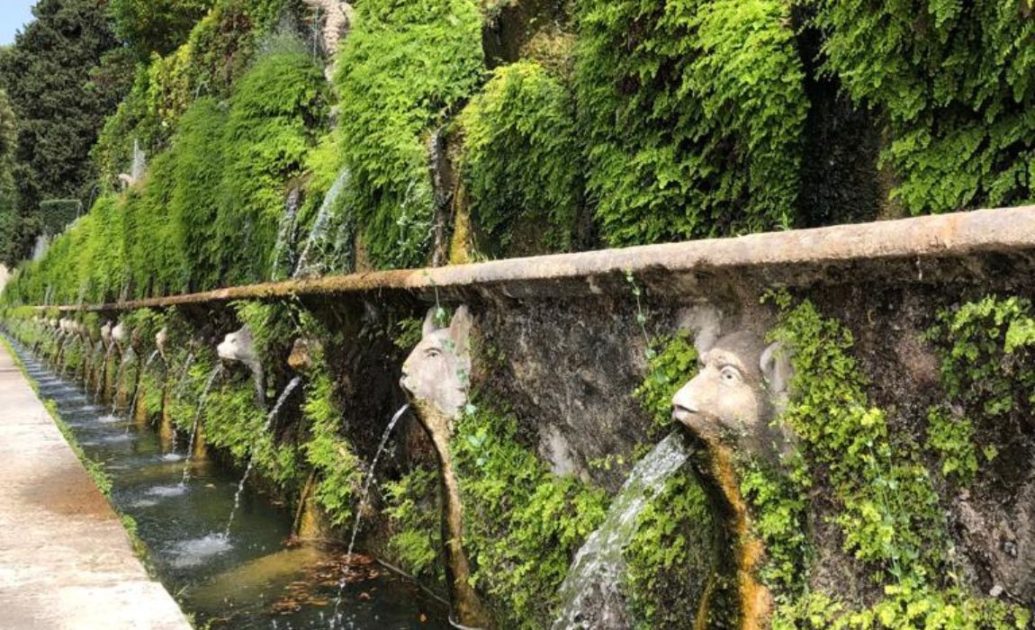
Make your way to Roma Termini train station because you’re headed to Villa D’este. Inside the station (you have to go in on the side), you will find various stores and information stands. You should also find a small newspaper store. Here you can buy your train ticket to Tivoli and back directly at the counter. It is a day ticket, so you can take any train to Tivoli and back.
With the Rome2Rio website, you can easily find out when and from which platform the next train leaves. Take the escalator down, find your platform, get on the train, and off you go to Tivoli.
Once in Tivoli, it’s a short walk to Villa D’este, as the train station is a bit outside of town.
At the villa, you can buy your ticket and explore the beautiful building. Even more beautiful than the villa itself is the garden. The estate is considered a masterpiece in the field of garden art. Over 500 different fountains, water features, and grottos are located there.
The gardens are divided into two parts: the sloping and the main. The villa was declared a World Heritage Site by UNESCO in 2001. The reason for its inclusion in the UNESCO list was that the villa and its gardens are a masterpiece of Renaissance culture and have significantly influenced horticulture in the later course of history.
Make your way back to Rome and enjoy the rest of the evening with delicious pasta or pizza.
Day 2 of the Rome Itinerary
Piazza Navona
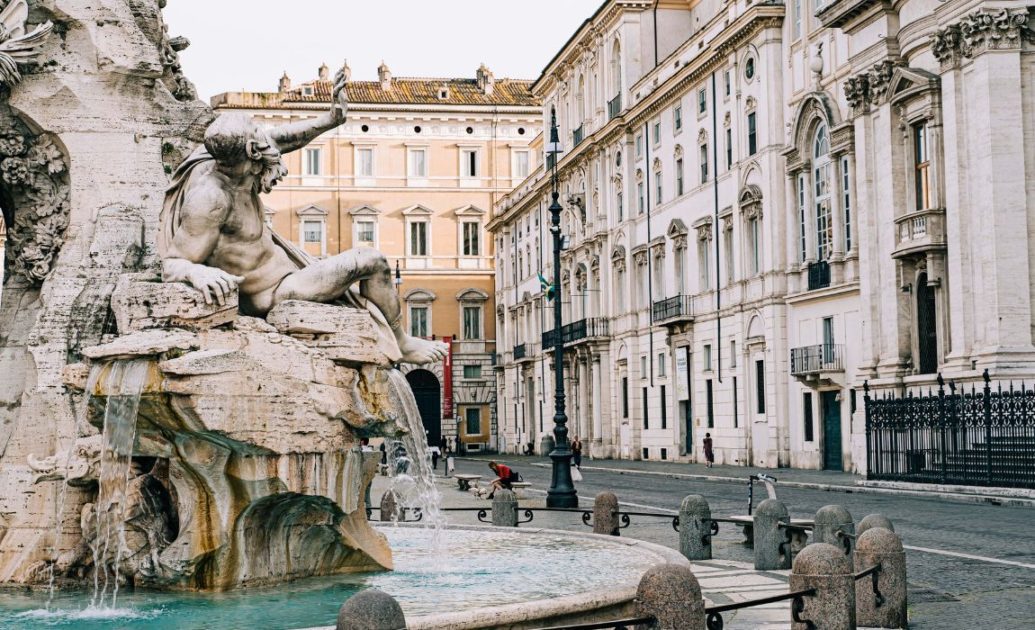
Start the day by making your way to Piazza Navona. One of the most beautiful and famous squares in Rome and the world, Piazza Navona is one of the most magnificent Baroque masterpieces with works by Bernini and Borromini.
Piazza Navona reached its current appearance in the middle of the 17th century. An ancient aqueduct was extended here, allowing Bernini to build the famous four-flow fountain – officially Fontana dei Quattro Fiumi – in the center of the square. Every August until the mid-19th century, the three fountains were closed, and a vast pool area was created.
Today you can enjoy a delicious breakfast on the Plaza. Stroll through the streets and explore one or two leather goods stores.
San Luigi dei Francesi
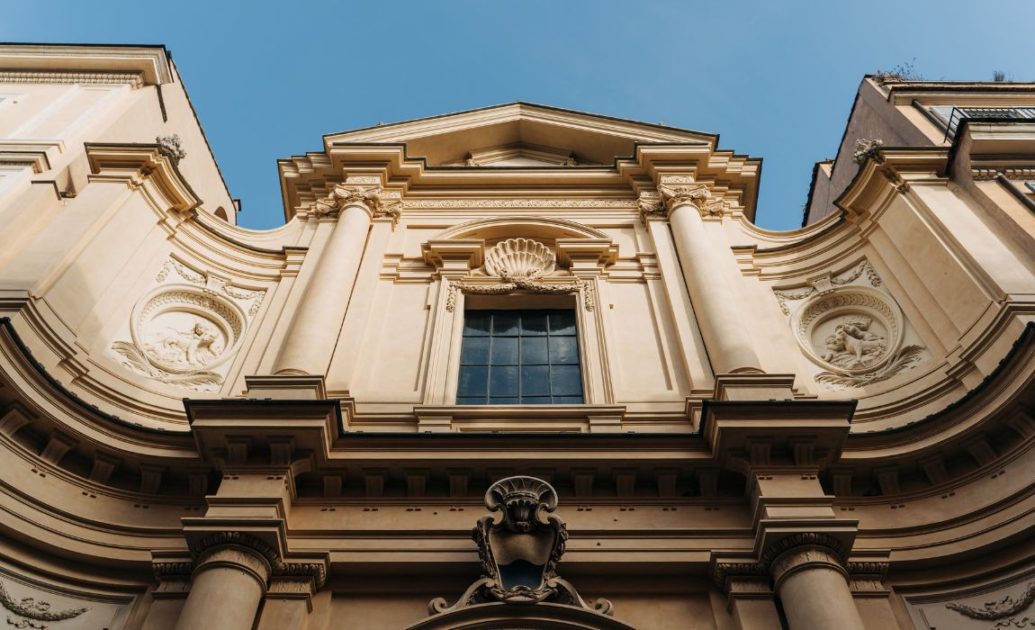
Nearby you will find the Catholic Church of San Luigi dei Francesi. The building, which looks somewhat inconspicuous from the outside, amazes with its magnificent interior. Especially the ceiling construction is richly decorated.
The National Church of the French was founded in 1518 by Cardinal Giulio dei Medici and completed in 1589 by Domenico Fontana, according to the design of architect Giacomo della Porta. The church is famous for the paintings of Caravaggio, Domenichino, and Guido Reni.
Pantheon
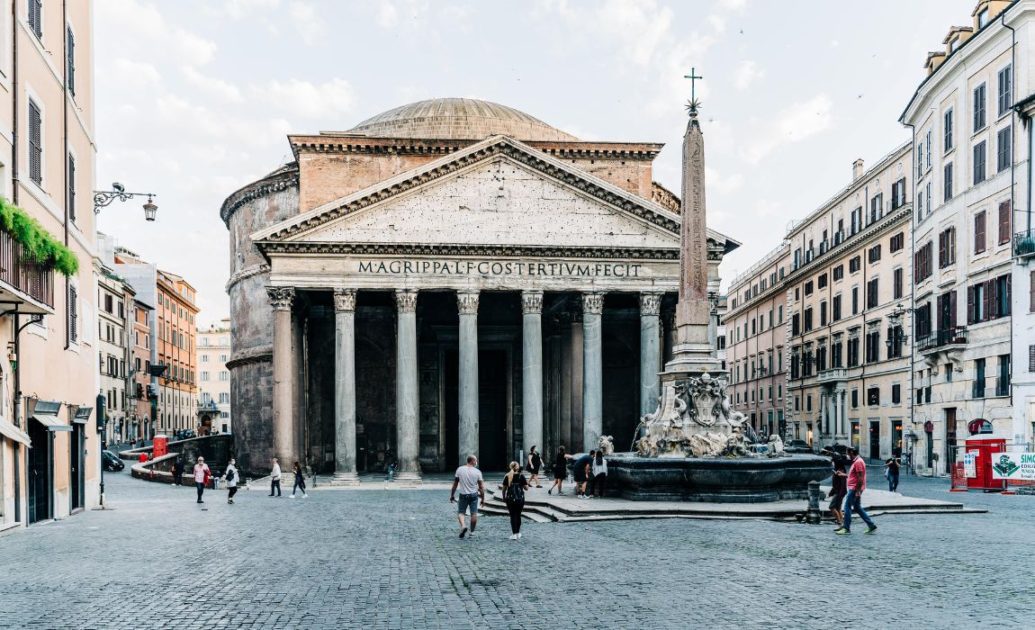
From here, the Pantheon is not far away. The Pantheon has free admission, but you must book an appointment beforehand. This is the case with the majority of the sights in Rome. It’s best to reserve time slots a few months in advance, but at least a week before your trip.
Built on the Field of Mars, the Pantheon was probably a sanctuary dedicated to all the gods of Rome. The historian Cassius Dio reports that statues of Mars and Venus, as well as other gods, and a statue of Gaius Iulius, were found inside the Pantheon. Today it is basically empty but still an imposing building.
Jewish Ghetto
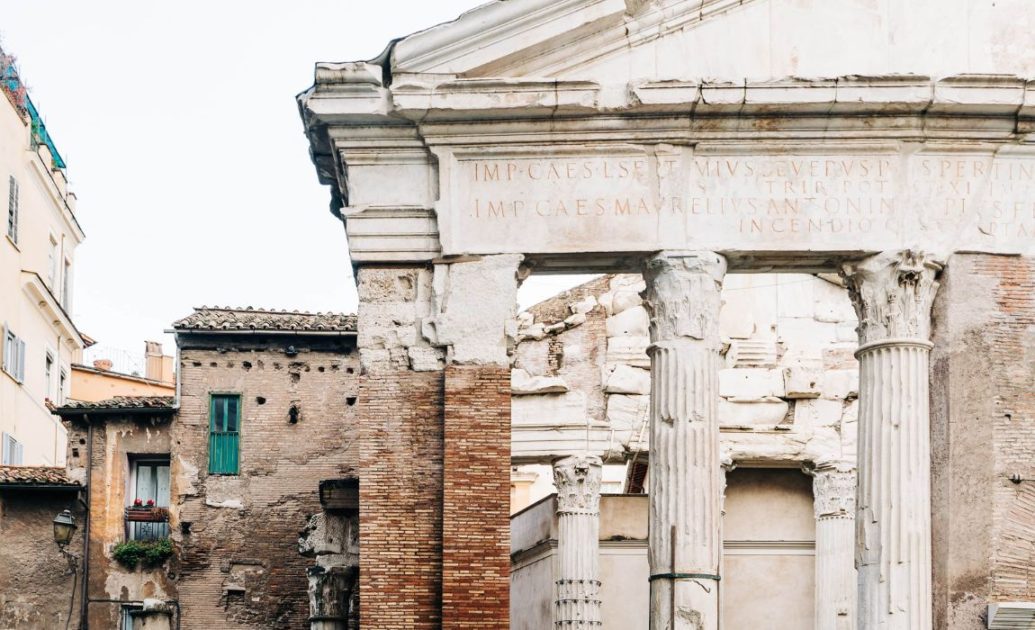
Next, go in the direction of the Jewish Ghetto. The Jewish Ghetto of Rome is one of the capital’s hidden treasures. This small neighborhood is affluent in archaeological, cultural, and religious evidence, as well as in culinary refinements and specialties that have significantly inspired traditional Roman cuisine.
The Ghetto of Rome, considered one of the oldest in the world after that of Venice (1516), was established in 1555 by the order of Pope Paul IV. Jews were obliged to live there and always to take with them a distinctive sign of their belonging to the Jewish community. They were also forbidden to engage in trade and own real estate.
Today you can see the traces of history all over the neighborhood. The most impressive streets are Via della Reginella, Via di Sant’Ambrogio and Via del Tempio. Beautiful is the church of Sant’Angelo in Pescheria, which stands inside the former fish market on the ruins of Portico d’Ottavia.
The bridge Ponte dei Quattro Capi is very famous and interesting, which connects the Jewish Ghetto with Tiber Island and the Turtle Fountain (Fontana delle Tartarughe). Nearby you will also find the Teatro di Marcello. A great tour in this area is this semi-private tour.
Bocca della Verità (Mouth of Truth)
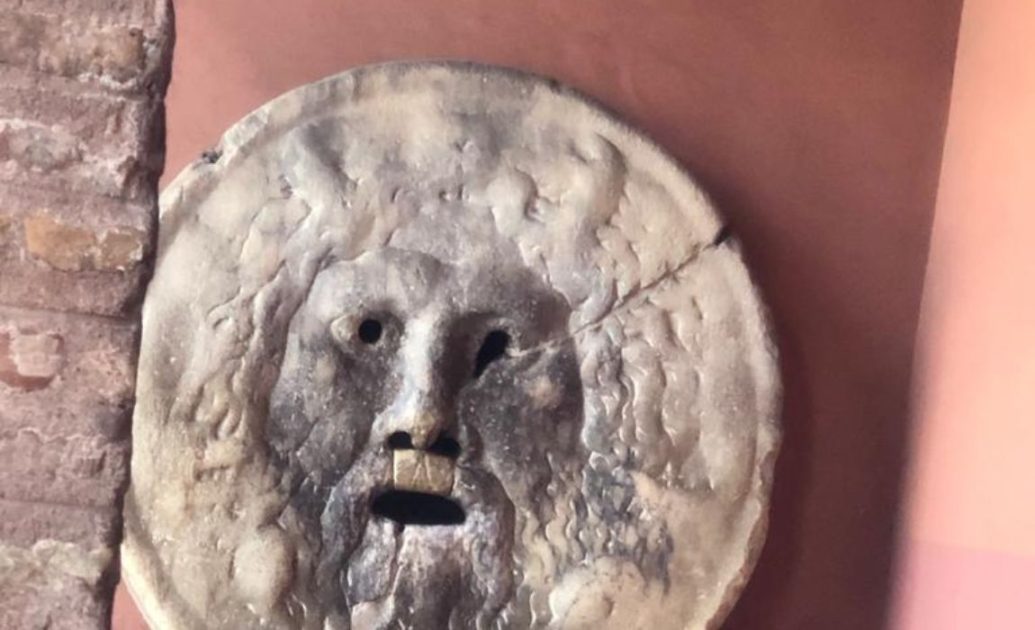
A few minutes walk away, you will find the Mouth of Truth. This is one of the most exciting sculptures in Rome.
It is a huge mask made of marble by Pavonazzo, weighing more than 1,300 kg (2,800 pounds). It is shaped like a disc, with engravings of a male face with a wide open mouth, nostrils, and eyes.
The myth of the Mouth of Truth was born in the Middle Ages: it was said that liars who put their hand inside the sculpture would immediately lose it. Supposedly, the medieval Romans saw the sculpture as a lie detector for those who would commit acts such as adultery and perjury.
Trastevere
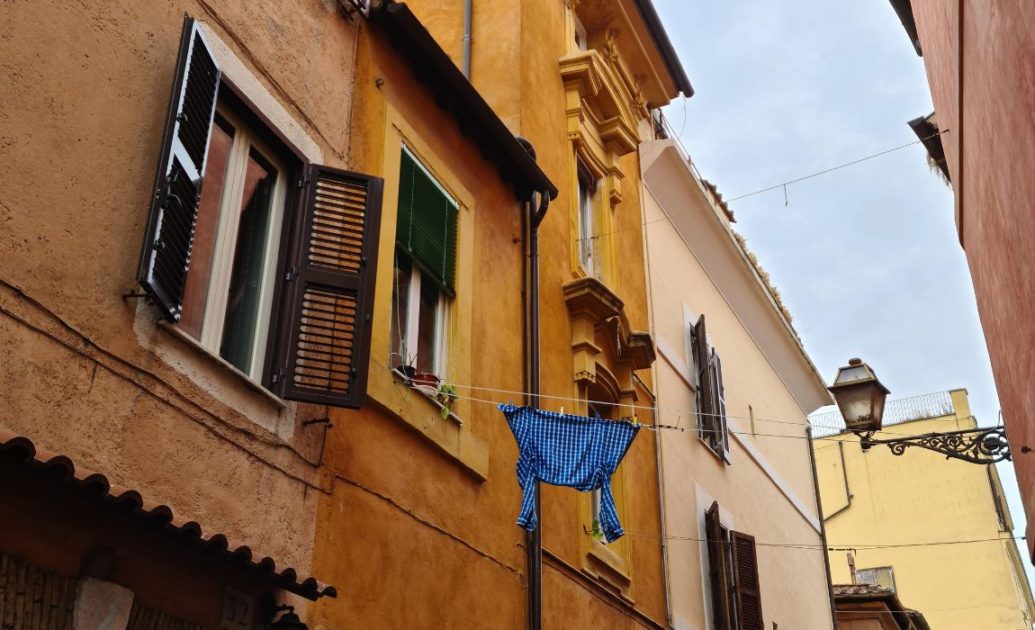
A long day is coming to an end. You’re right near the Trastevere neighborhood. End the evening there with a delicious dinner. I can recommend the Nannarella, Osteria. Here you will find the most delicious dishes in the whole city.
Day 3 of the Rome Itinerary
A new day and time for another day trip! Today we are going to the famous archaeological site of Pompeii and the somewhat less known Herculaneum.
First, we make our way to the Roma Termini train station. From here, take the train to Naples. Take a train early in the morning. You’ve got a long day ahead of you, and it gets hot quickly.
When you arrive in Naples, exit the station and keep left. After about 50 meters, you will see a suburban train stop on your left called Piazza Garibaldi. Make your way to the platform and get on the next train. Go a few stations and get off at the Herculaneum stop. From the station, walk straight down the street, and you will reach Herculaneum.
Herculaneum
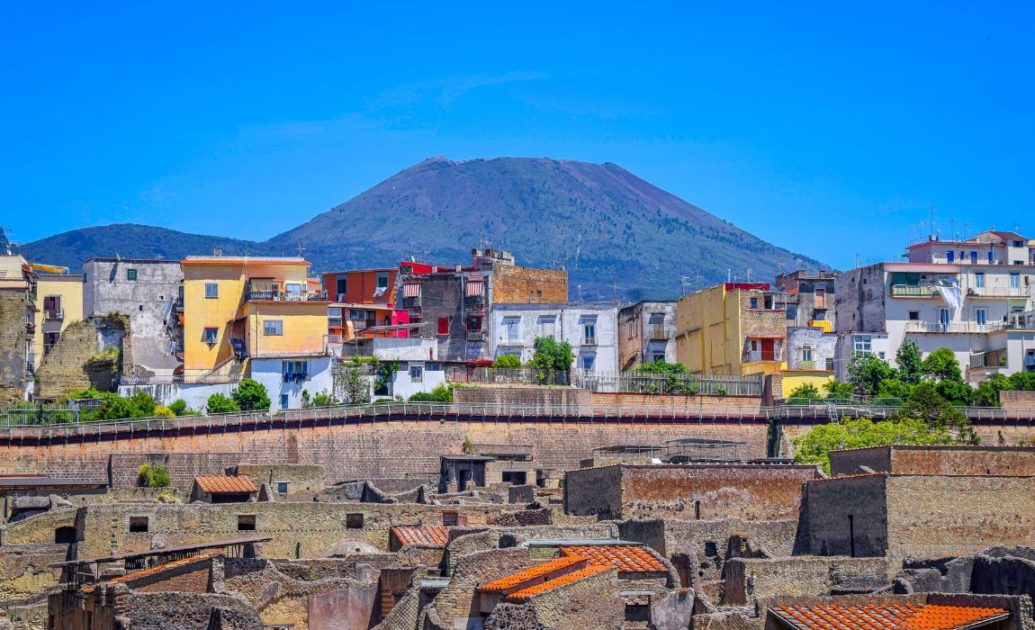
At this point, it is worth mentioning that the entrance to Herculaneum and Pompeii is free every first Sunday of the month. You may be able to adjust your schedule accordingly.
Herculaneum is located only 7 kilometers from the top of Vesuvius. The city was a modest place compared to Pompeii, not much more than a fishing village where a little trade was carried out.
During the eruption of Vesuvius on August 24, 79, unlike Pompeii, the city was not covered by a rain of ash and pumice. Still, it was overwhelmed by an avalanche of mud, up to 30 meters high in places, after a pyroclastic flow descended on the city.
For this reason, the city was also much better preserved than Pompeii. Although many walls were dented, furniture, clothing, and even papyri were preserved in the houses. Wooden parts of the houses were charred but did not crumble to dust as in Pompeii.
Pompeii
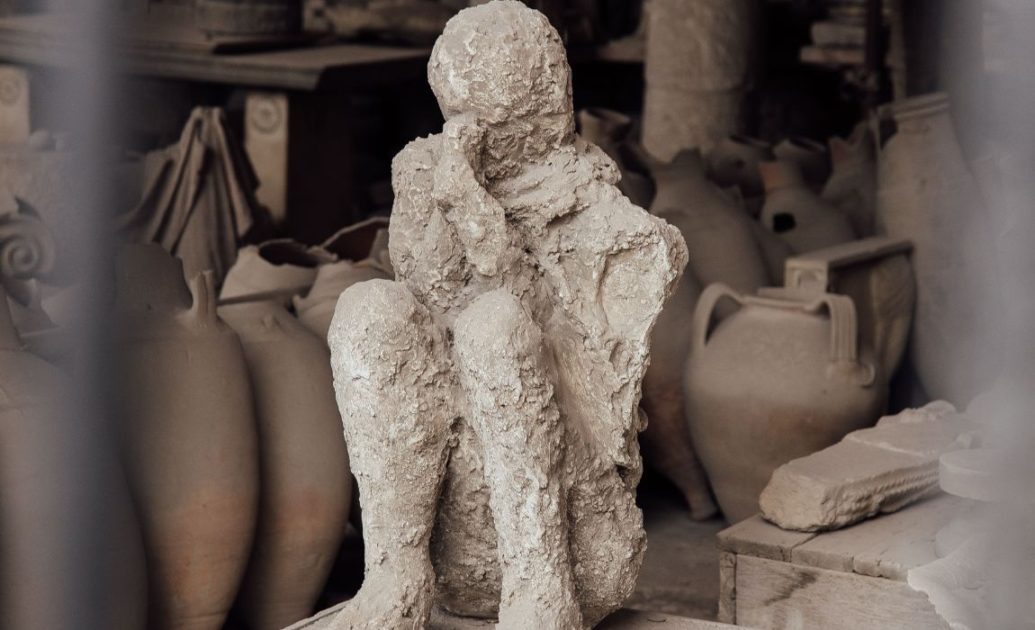
After exploring Herculaneum and eating at one of the restaurants on the way back to the train station, continue by train toward Pompeii. Once in Pompeii, you walk past the souvenir and juice stores to the entrance of the excavation site. Usually, I’m not a big fan of audio guides, but I can recommend them for Pompeii. The site is extensive, and the audio guide made it easy to find your way around.
Despite numerous warning signs, the eruption of Mount Vesuvius on August 24, 79 AD, surprised many of Pompeii’s residents. Black smoke drifted toward the city, the sky darkened, and ash and pumice began to rain down. Panic spread. Some fled, and others sought shelter in their homes. About one-third of the population perished in this eruption. People suffocated or were killed by falling rocks.
Even more devastating was the second eruption the next day. Masses of lava entered the houses, and there was hardly any escape. Most of the victims were killed in this second eruption on August 25.
Another exciting but exhausting day comes to an end. Make your way back to Naples and take the train back to Rome.
Day 4 of the Rome Itinerary
Knights of Malta Keyhole
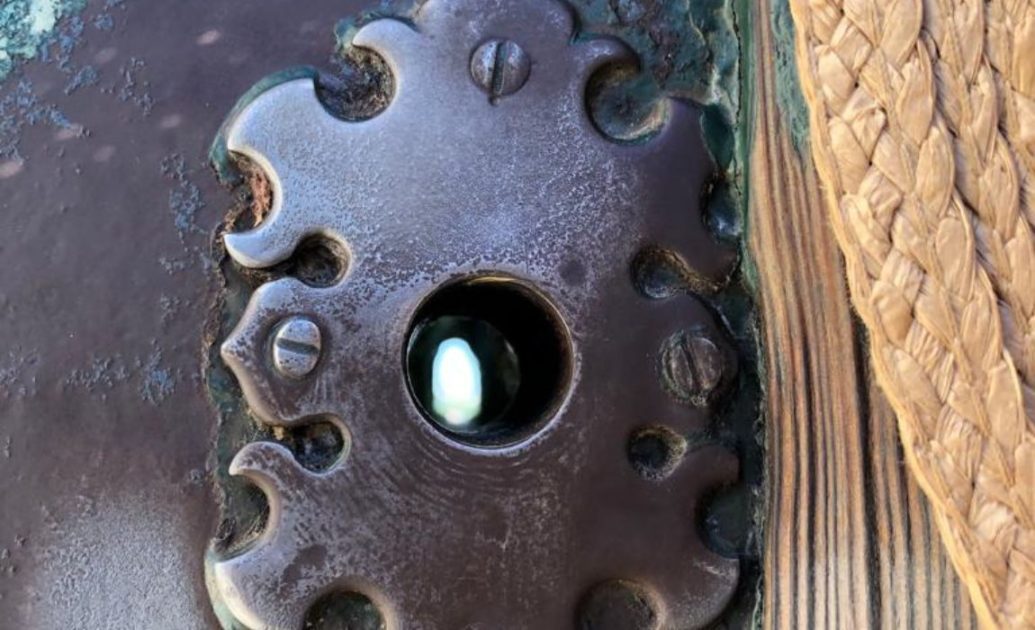
We start day 4 with a Hidden Gem. Go early in the morning to Aventine Hill. Up here, you will find the Knights of Malta Keyhole. Use Google Maps to find the exact location.
A large green door is your destination. Peek through this keyhole on a piazza designed by Piranesi in 1765, and you will see a garden path that ends with bushes perfectly framing the dome of St. Peter’s in the distance. The St. Peter’s Dome will be one of our destinations today.
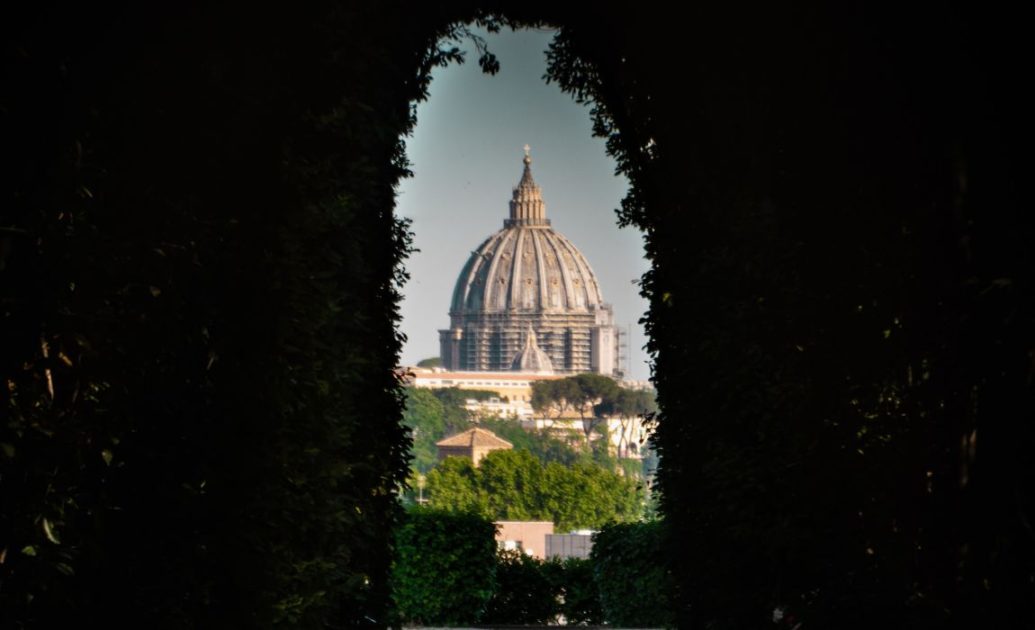
Visit the Basilica of Santa Sabina and take the bus to our main destination, the Vatican.
Vatican Museum
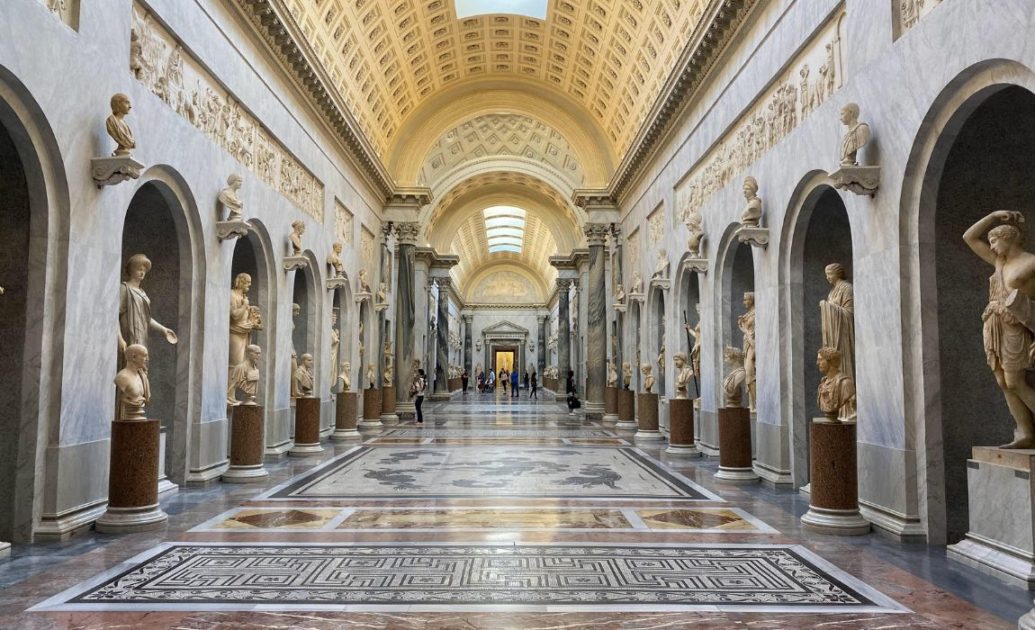
Start with the Vatican Museum. It’s best if you have already booked your tickets or tour beforehand. Otherwise, expect a long wait. I recommend booking a tour. Otherwise, you will simply be blown away by the variety and quantity of the Vatican Museum. Most tours end with the Sistine Chapel.
After you have marveled at the ceiling, you can leave the Vatican via the main exit. Or you can try to take the door at the back right, which leads directly to St. Peter’s Basilica. This exit is actually only for guided tours that include both the Vatican Museum and St. Peter’s Basilica. You can try to join a tour group unobtrusively – it didn’t work for me.
So if that’s the case for you, exit the Vatican through the main exit, walk a wide arc, and eventually come to the security checkpoint for St. Peter’s Basilica. After you have passed security, follow the signs towards the dome. You have the option to buy a ticket for elevator + stairs or stairs only. The access without elevator is cheaper, and from my point of view, the stairs are well doable.
Once at the top of the dome, you first have a fantastic view of the interior of St. Peter’s Basilica. You can admire the vast mosaics on the ceiling from close up.
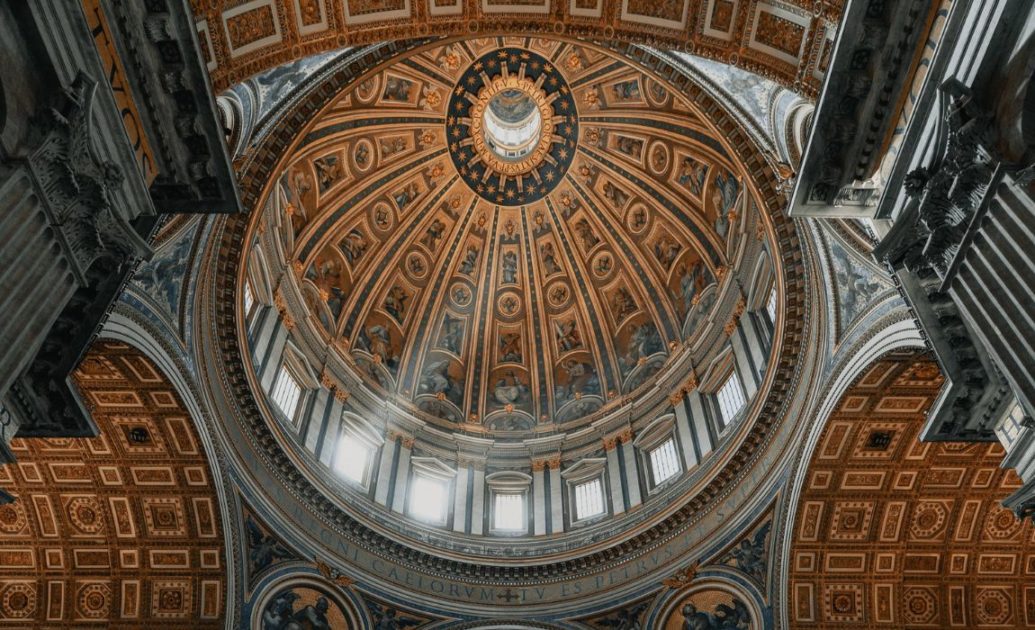
Then it goes a few steps further, and you finally reach the dome’s exterior. From here, you have the most beautiful view of Rome. After you’ve enjoyed the view and taken a few photos, it’s time to take a closer look at St. Peter’s Basilica and its interior.
Spanish Steps
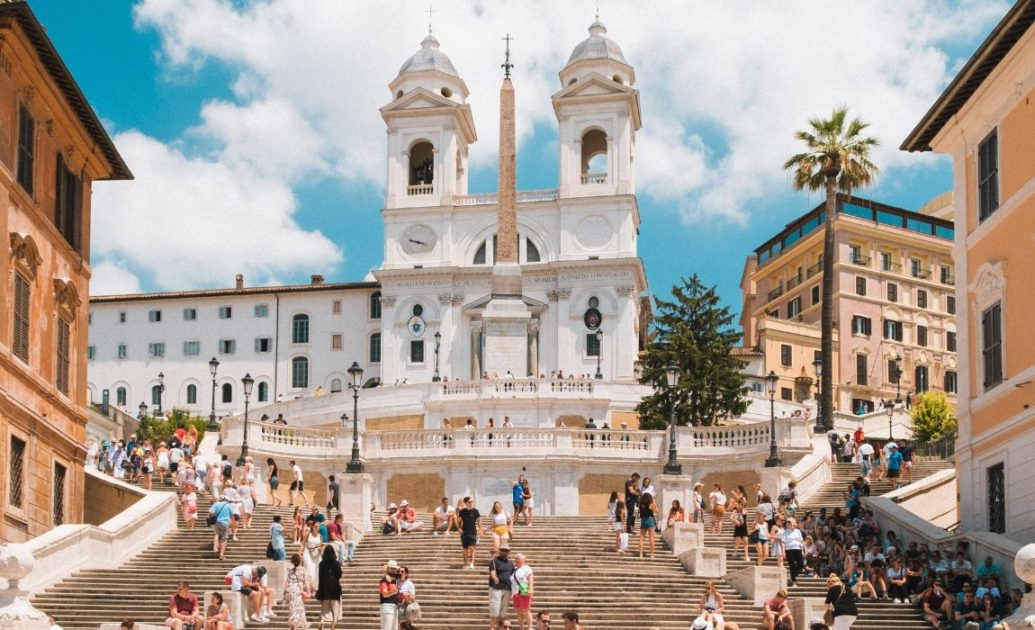
After you’ve had a good look at St. Peter’s Basilica, make your way from here to the Spanish Steps. You can take the bus again. The staircase owes its name to the Spanish Square, which for a long time was the extorial territory of Spain.
This, in turn, is because at the southern end of the square is the Spanish embassy. However, while this name has caught on in German and English usage, among others, Italians name “their” staircase after the monument at the other, upper end: Scalinata di Trinità dei Monti. Enjoy the view of the Spanish Steps and have a coffee or perhaps an ice cream.
The Capuchin Crypt
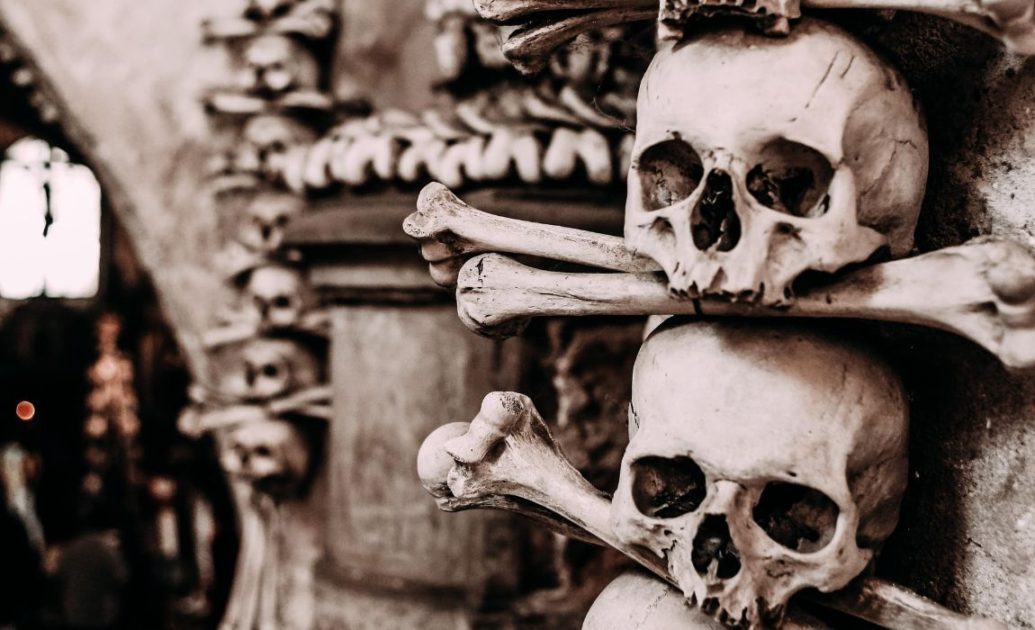
Tourists line up outside a nondescript church near Piazza Barberini – because this is where you’ll find the Capuchin Crypt, arguably the scariest attraction in all of Rome. The church of Santa Maria Immacolata a Via Veneto, under which the chapels are hidden, is more than inconspicuous. It even looks a bit poor. The Capuchin order, whose monks lived and prayed in the adjoining monastery, was one of the poorest in the world.
The tomb itself consists of five or six chapels decorated with bones. Five are very similar in their design, but in the sixth one, there are no bones but a Lazerus painting and an altar.
Along one side of the chapel aisles are graves and bone sculptures, and on the walls opposite are symbols such as coats of arms, stars, chandeliers, or clocks. The decorations on the ceilings and walls, of course, all have symbolic meaning… The hourglasses, for example, are supposed to represent the duration of life. Bones of hundreds of people were used to remind the living people that every life is followed by death.
Day 5 of the Rome Itinerary
Colosseum
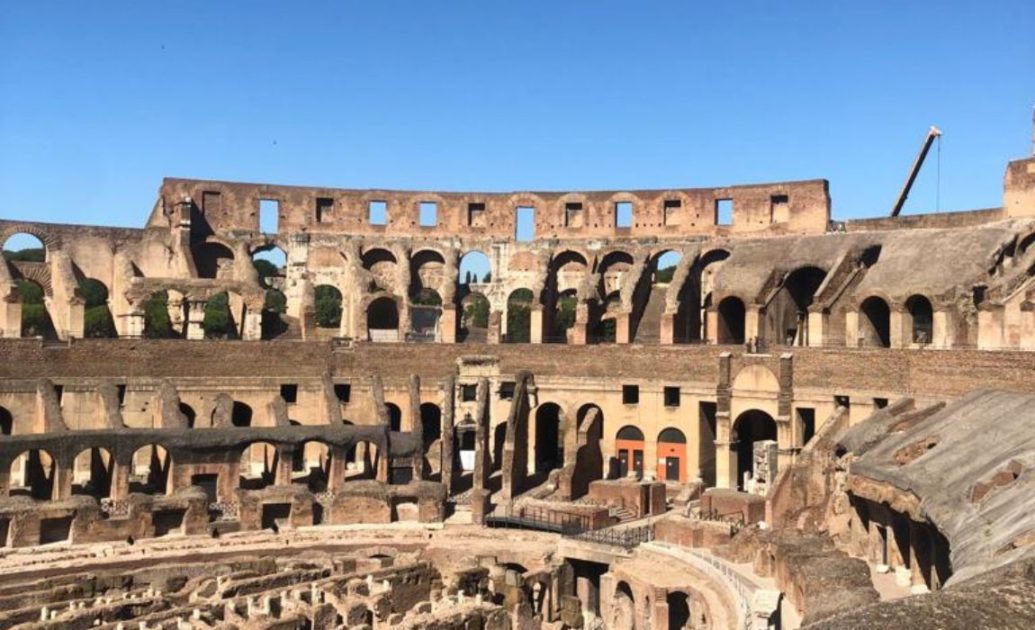
Start your day with the most famous landmark in Rome – the Colosseum. Also, for this, you have to make an online reservation in advance. Construction of the Flavian amphitheater began around 70 AD under Emperor Vespasian.
The Colosseum was built in a valley after a lake located here was drained, which belonged to Nero’s Domus Aurea between the Palatine, Esquiline, and Caelius hills. Emperor Titus inaugurated the Colosseum in 80.
An elaborate system of trapdoors and pulleys operated by slaves was manipulated to bring people, landscapes, and wild animals into the Colosseum. Further down, there was a maze of winding corridors, rooms, and cages where men, beasts, and weapons awaited performance.
Emperor Titus had the Colosseum inaugurated with more than 100 consecutive days of games in which 9,000 animals were killed. If that sounds like a lot of animals, it was – the hippopotamus was eradicated entirely from the Nile.
Forum Romanum and Palatine Hill.
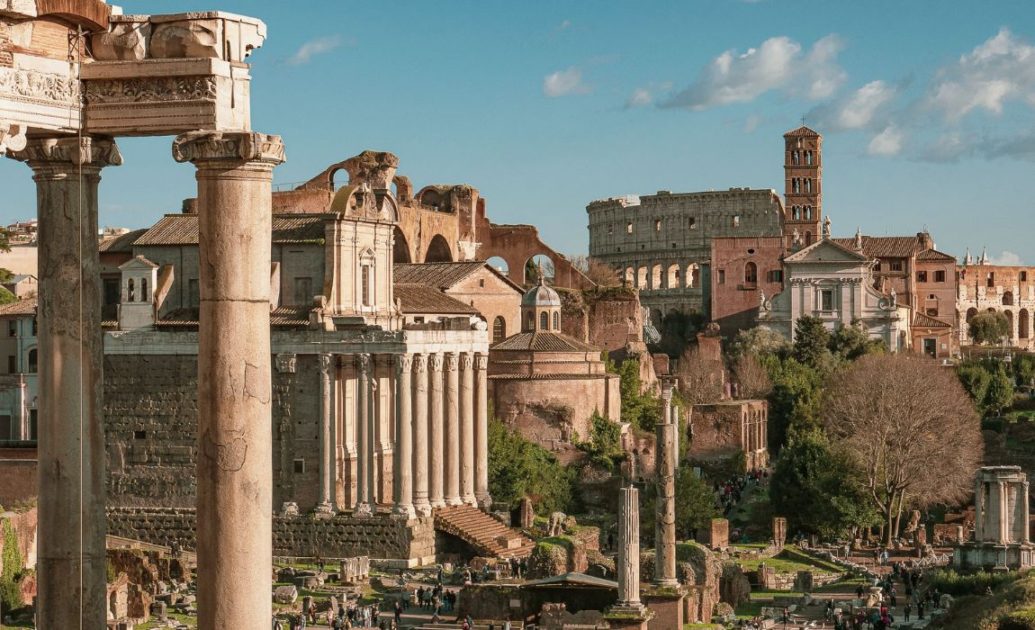
After you’ve explored the Colosseum with its gruesome yet interesting history, it’s time to visit the Roman Forum directly across the street and Palatine Hill. The ticket for the Colosseum also includes these two sights.
Built in the late 7th century BC, the Roman Forum was the center of Rome’s public life for more than a millennium. Over the centuries, various buildings were constructed for political, religious, and economic purposes. Civil buildings and basilicas were added in the second century, where judicial activities were carried out.
Walking along the Via Sacra, one can imagine what it must have been like 20 centuries ago when Julius Caesar walked along it. With a bit of imagination, you can see before your eyes how the basilicas are standing again, how the temples are filled with offerings, and how the voices of the Senate and the steps of the soldiers parading along the Via Sacra echo.
The remains of the Roman Forum are impressive, especially when viewed from the surrounding hills, such as the Palatine. This is 40 meters higher than the Roman Forum and overlooks the ancient ruins on one side and the Circus Maximus on the other. The ruins of the ancient palaces on the Palatine are still visible from various points in the city, making the hill a visually stunning landmark in Rome.
Trevi Fountain
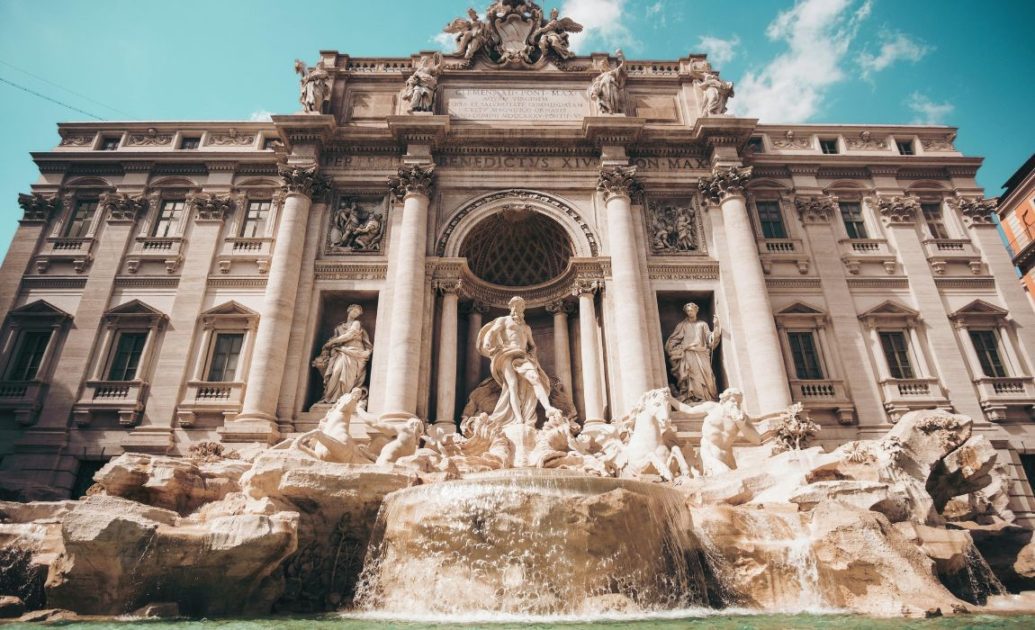
After a short lunch break, it’s time for the next highlight, the Trevi Fountain. The ‘Fontana di Trevi, ‘or Trevi Fountain, is perhaps the most famous fountain in the world but undoubtedly the most famous in Rome.
The Baroque fountain in Piazza di Trevi was commissioned by Pope Clement XII, first designed by Bernini, and only 50 years later built and redesigned by architect Nicola Salvi.
Construction lasted from 1732 to 1762, and the fountain owes its fame partly to the many movies in which it is featured as a set, such as La Dolce Vita, Angels and Demons, The Lizzie McGuire Movie, and Roman Holiday.
Traditionally, a coin is tossed into the water at the fountain (with your eyes closed, toss a coin into the water over your left shoulder with your right hand). According to legend, you will then return to Rome one day.
Do you throw two coins into the well? Then you will find your great love in Rome. Would you rather get married (or divorced)? Then throw three coins into the Fontana di Trevi. The city of Rome cleans the fountain weekly and donates a large part of the proceeds (1.4 million euros per year) to a good cause for the benefit of poor families.
Day 6 of the Rome Itinerary
Today is your last day in Rome, and possibly the day you will have a Papal Audience…assuming it is a Wednesday – Otherwise, you will have to switch days a bit. Every Wednesday, the Pope holds a general audience at 09:00 am.
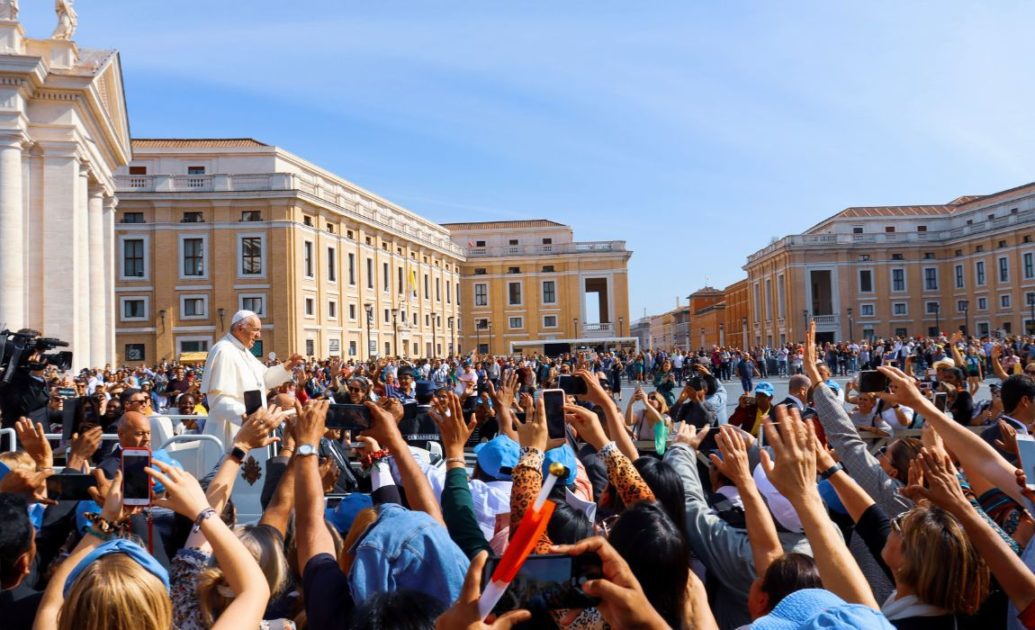
At the audience, the Pope speaks on a chosen topic that is translated into several languages. At the end of the audience, the Lord´s Prayer is prayed together, after which the Holy Father gives the apostolic blessing.
I myself am not religious. Nevertheless, it was an impressive experience. Most of the time, the general audience with the Pope takes place in St. Peter’s Square. Over the winter months, the Vatican holds the papal audiences in the Audience Hall.
Tickets for the audience are FREE and can be ordered here http://www.papalaudience.org/tickets.html. Once you are informed you have tickets, you may pick them up at the Bronze Door where the Swiss Guard stand, at the earliest the day prior to the audience, between 3-7pm (6pm in winter), or on the morning of the audience from 7-10am.
The following points should be observed by the audience:
- Proper clothing (covered shoulders and knees …).
- No metal objects (especially pocket knives)
- no glass bottles
If you still have time afterward, you can still visit Castel Sant’Angelo, located right nearby. Because of its name, you might think it is a castle, but it is not. In fact, Castel Sant’Angelo was built as the burial place of Emperor Hadrian and his descendants.
The cubic base is covered with decorative friezes with bucrania made of Carrara marble.
Wrapping Up
Rome is a beautiful city, which you should definitely visit while you’re in Italy. Six days are more than enough time to explore and enjoy this ancient city. Make sure to eat as much pasta, pizza, and of course, ice cream as you can! I hope you enjoyed this guide, and I will have a great time in Rome!
This article may contain affiliate links. I receive a small commission when you purchase products or services through these links at absolutely no extra cost to you. This is a free way to support me and allow me to continue to create inspiring adventure travel guides. See my disclosure notice for more information.
